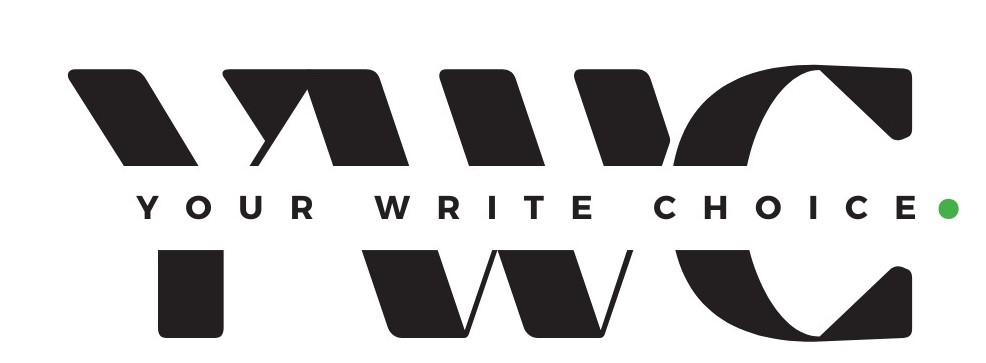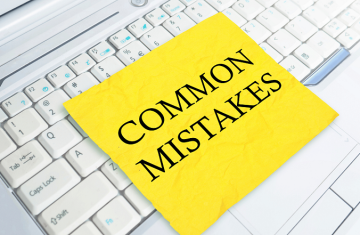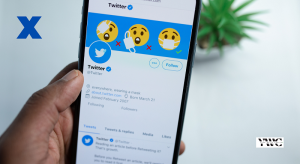Why do we tell or listen to stories? Is it because we want to entertain or be entertained? Or perhaps we want to hear and be heard? What do we hear when we listen to a story and what do we want people to hear when we tell a story? These are but a few questions you need to ask yourself when deciding on a story that defines the core of your brand.
Stories often tap into the essence of who we are, where we come from, where we are heading, our experiences, how we reason and why we are who we are. The same applies to your brand’s story.
Finding a core story that represents a brand is crucial to building a strong, compelling and memorable brand identity, which requires a crucial process. A well-crafted brand story not only communicates what the brand does but also why it exists, what it stands for and how it connects with your audience on a deeper level. It also tells us why your brand’s tale should be heard and allowed to influence over another brand’s tale.
Ways to Identify Your Brand’s Core Story
Here is a step-by-step guide on how to identify your brand’s core story that represents your brand:
1. Define and Understand your Brand’s purpose and Mission
Why does your brand exist? You need to clarify and understand the fundamental reason your brand was founded. Understand the core reason for its existence, what problem it was created to solve, the market gap it’s meant to fill and what its mission and purpose is beyond making profit. This core purpose should reflect a big vision that contributes to society in a way. A strong brand story is rooted in a clear purpose that resonates emotionally with your brand’s intended audience.
Also draft, revisit, revise and refine your brand’s mission and vision statements to ensure they clearly articulate the brand’s long-term goal(s). This statement should reflect the brand’s values and beliefs that drive your brand.
2. Explore and Understand your Brand’s Origin and History
Look into the origin of your brand. Look into what inspired and led to the creation of your brand; what challenges you faced as an entrepreneur. Also, identifying specific events, moments, milestones, personal stories, struggles and breakthroughs as a founder can form an emotional core of the brand story.
Identify significant events or achievements, key milestones and turning points that shaped your brand’s journey. These moments can ultimately impact your brand story.
3. Know your Audience
Conduct your research to understand who your customers are and identify the key demographics and behaviors of your target audience. Understand their needs, preferences, problems and pain points. Determine what emotions resonate most with your audience such as hope, trust, security or ambition. The story should be relatable and relevant to the audience’s experiences and it should aim to connect with their emotions. Develop detailed personas that represent your ideal customers as it helps to ensure your core story resonates with those you’re trying to reach.
4. Define your Unique Value Proposition (UVP)
Identify what sets your brand apart from competitors; what makes your brand different. This could be product features unique to your brand, exceptional customer service or distinct brand philosophy. Focus on the advantage you have over your competitors’ and how they make your customers’ lives better.
5. Explore Brand Values and Beliefs
Determine and list the fundamental values that guide your brand’s action, decision, communication and customer interaction. These beliefs serve as central to your core story.
6. Gather Customer Success Stories and Testimonials
Collect stories from satisfied customers who have benefited from your product or service. These stories provide real-life examples and feedback on how your brand makes a difference. Use these feedback and testimonials to highlight impacts your brand has had. They serve as authentic voices that shape your brand.
7. Incorporate Emotions, Context and Trends
Identify emotional triggers that resonate with audience, trends and changes in your industry. Monitor how your brand responds to these changes as your response positions you as a leader or innovator.
8. Align with Brand Vision and Future Goals
Articulate your long-term vision for the brand. Highlight plans, innovations, expansions or community impact. A forward-looking perspective can be a powerful part of your core story.
9. Test and Refine the Core Story
Share draft of your core story with your partners, stakeholders, employees and loyal customers to gather feedbacks and make changes and revision where necessary. Use this input to refine the story to ensure it resonates with both internal and external audience. Test different versions in marketing campaigns, website or in presentations to see which resonates better.
10. Document and Share your Brand Story
Document and consistently share your brand story, mission, vision and values in brand manifestoes and across all social channels. This can help serve as reference for all communication and marketing efforts. Use different formats such as engaging videos, blogs, infographics and e-books to reach various audiences. Also, train your employees to understand and articulate your brand’s core story.
You May Also Like:
How to Use Storytelling in Marketing to Close Sales
The Future of Storytelling in Marketing: What Lies Ahead
Top 10 Brands That Have Mastered Storytelling in Marketing
7 Common Storytelling in Marketing Mistakes and How to Avoid Them
Conclusion
Finding the right story that represents your brand goes beyond just marketing. By adhering to the laid-out strategies, you can discover your brand’s core story and create a distinctive brand identity that coverts and fosters long-term connection.
Tell your authentic story today and show that your brand matters.
I’m Debbie, “Your Write Choice.” I offer content marketing and ghostwriting services that connects and converts, editing par excellence and peace of mind for my clients. Hire my services.
Download my free storytelling for sales workbook.
Enroll in my “Master Storytelling for Sales Course.”












